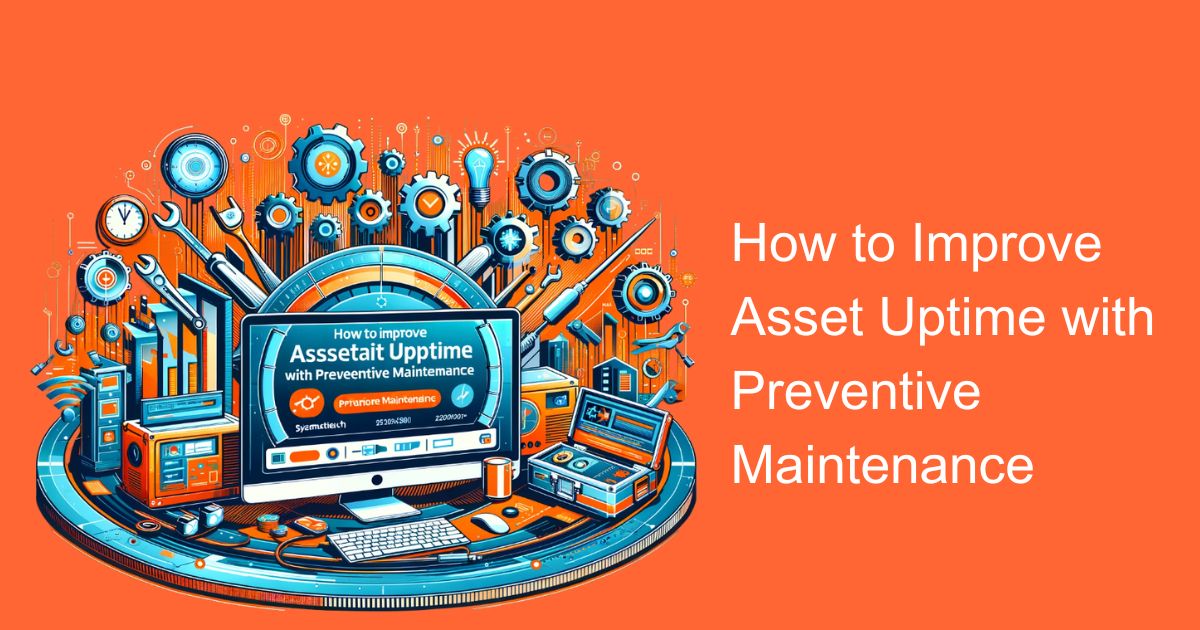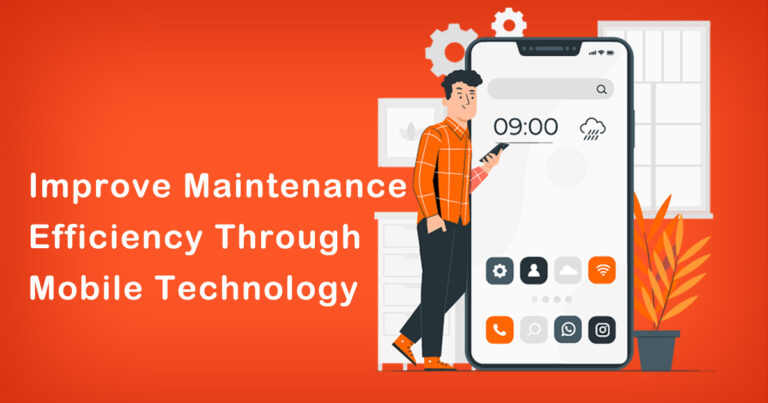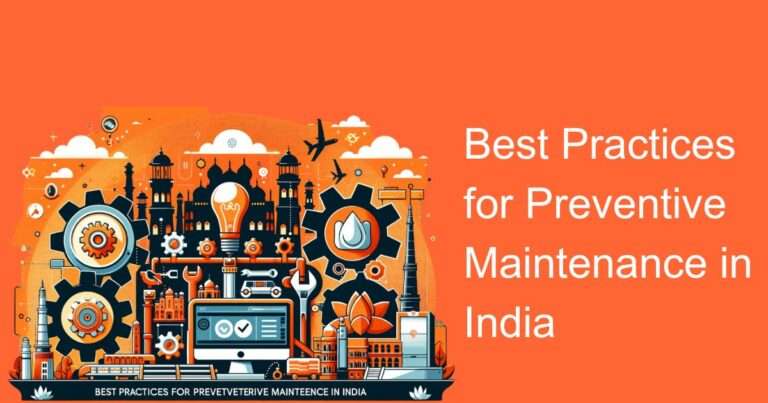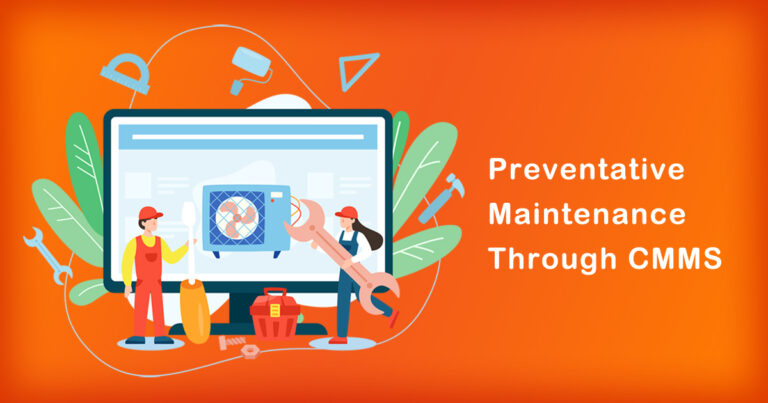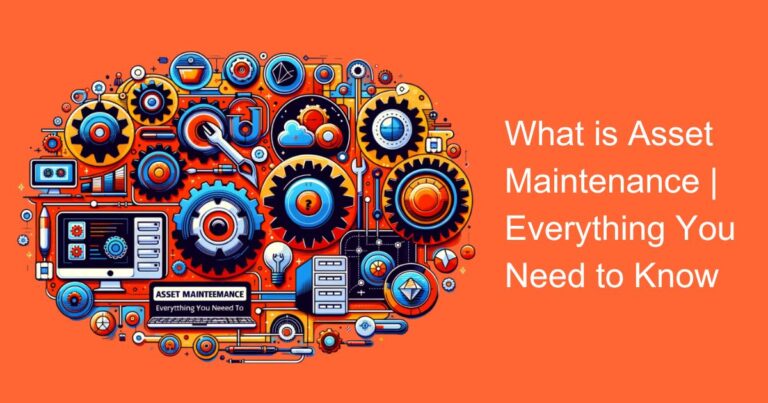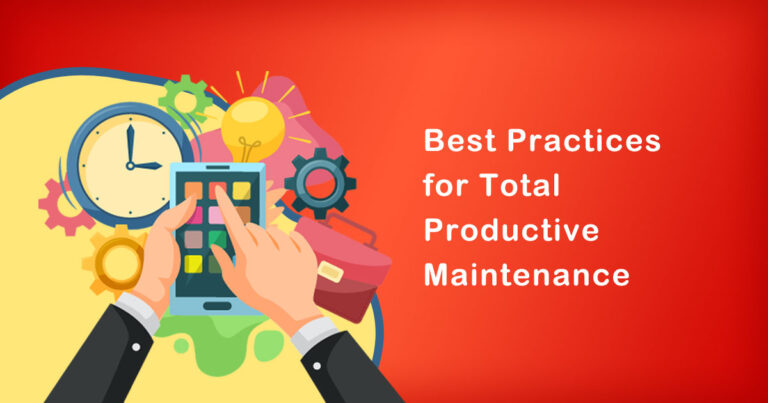Introduction
In today’s competitive business landscape, organizations in India and around the world rely heavily on their assets to drive productivity, efficiency, and profitability. Whether it’s manufacturing equipment, IT infrastructure, or vehicles, these assets play a pivotal role in the overall success of a company. However, asset downtime can prove to be a major hindrance, leading to substantial financial losses and reduced customer satisfaction. To address this challenge, preventive maintenance has emerged as a crucial strategy. In this blog, we will delve into the concept of how to improve asset uptime with preventive maintenance and explore in the Indian context.
Understanding Preventive Maintenance
Preventive maintenance is a proactive strategy that involves regular, planned inspections, repairs, and upkeep of assets to prevent unexpected breakdowns. Rather than waiting for equipment to fail and then fixing it, preventive maintenance aims to identify and address potential issues before they escalate. This approach offers numerous advantages, including:
Reduced Downtime:
By addressing issues proactively, preventive maintenance minimizes unplanned downtime, ensuring that assets are operational when needed.
Cost Savings:
Repairing or replacing assets after a breakdown can be significantly more expensive than regular maintenance. Preventive maintenance helps control costs by identifying and addressing problems early.
Improved Asset Lifespan:
Regular upkeep extends the lifespan of assets, reducing the need for frequent replacements.
Enhanced Safety:
A well-maintained asset is less likely to malfunction, reducing the risk of accidents and injuries.
Preventive Maintenance in the Indian Context
India’s economic landscape is diverse, with industries ranging from agriculture to technology and manufacturing. Each sector relies on a wide array of assets, and asset uptime is a critical factor in their success. Here are some key points to consider when implementing preventive maintenance in the Indian context:
Varied Asset Types:
India’s industries encompass a wide range of asset types, from traditional machinery in agriculture to cutting-edge technology in IT. Implementing preventive maintenance strategies must cater to this diversity.
Harsh Environmental Conditions:
Many parts of India face extreme weather conditions, which can accelerate wear and tear on assets. Maintenance plans should account for these environmental challenges.
Skill Development:
India has a vast workforce, but skill levels can vary widely. Investing in training and skill development programs for maintenance personnel is essential to ensure effective preventive maintenance practices.
Cost Constraints:
While preventive maintenance can save costs in the long run, initial investments in tools, technology, and training can be a barrier for some organizations. Finding cost-effective solutions is crucial.
Regulatory Compliance:
India has specific regulations and standards that govern various industries. Ensure that your preventive maintenance plan aligns with these regulatory requirements to avoid legal issues.
Case Studies and Research
Let’s take a look at a few case studies and research findings that highlight the impact of preventive maintenance in the Indian context:
Automobile Manufacturing:
A leading automobile manufacturer in India implemented a robust preventive maintenance program for its assembly line equipment. This resulted in a 25% reduction in downtime, leading to substantial cost savings and increased production output.
IT Sector:
A study conducted by a prominent Indian IT firm found that regular server maintenance reduced system failures by 40%, resulting in improved client satisfaction and increased revenue.
Agriculture:
In rural India, small-scale farmers have adopted preventive maintenance for their tractors and farming equipment. This has led to increased crop yields and improved livelihoods.
Conclusion
In a rapidly evolving business landscape, ensuring the uptime of critical assets is imperative for organizations in India. Preventive maintenance offers a practical solution to minimize downtime, control costs, and prolong asset lifespans. However, it’s essential to tailor your preventive maintenance strategy to the unique challenges and opportunities present in the Indian context. By doing so, businesses can not only improve their bottom line but also contribute to the growth of the Indian economy as a whole.


